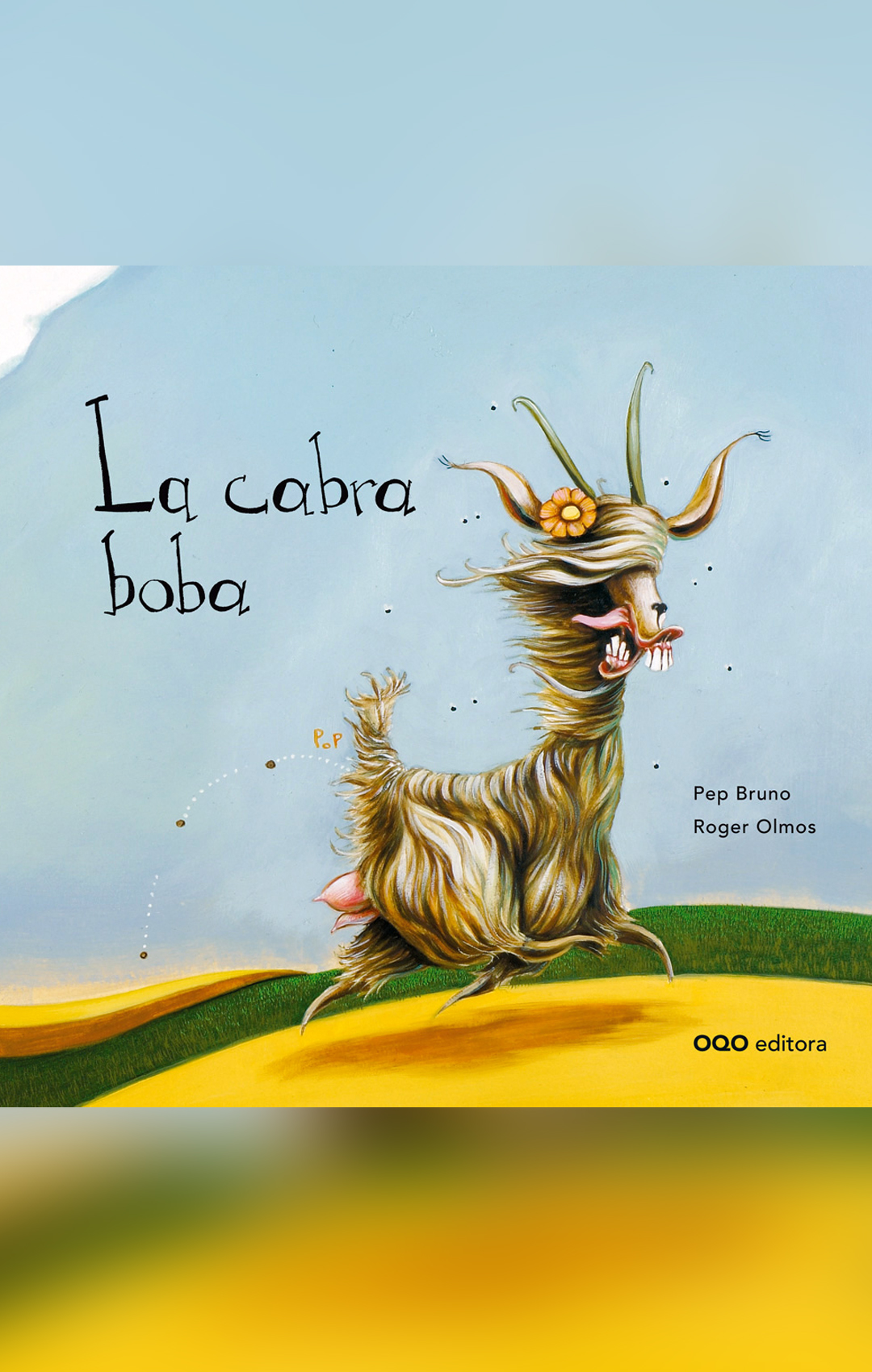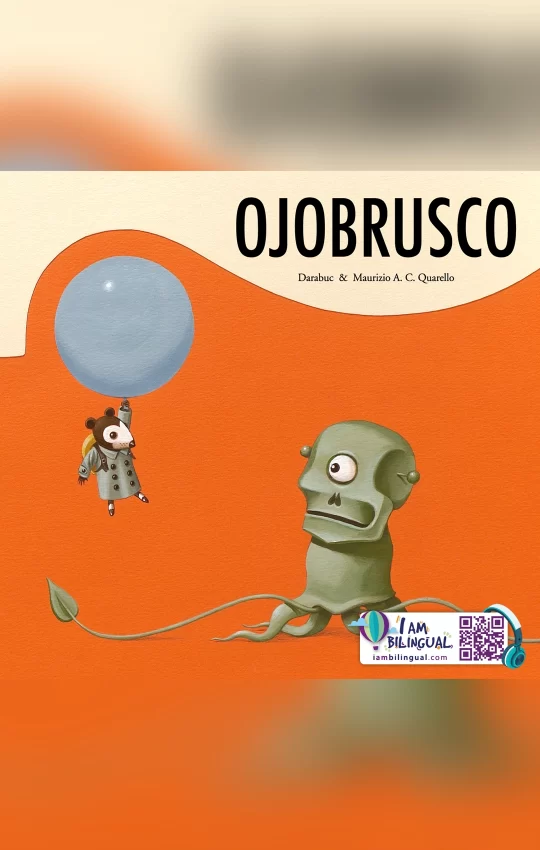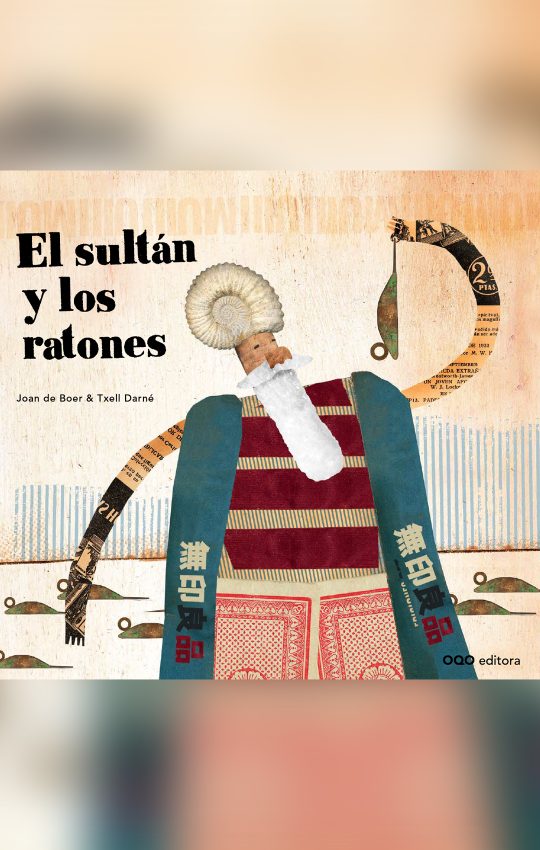Descripción
«Un Mundo de Cuentos para Ver (Spanish Edition)»
Después de buscarla por todo el pueblo, Miguel encontró a su cabra subida en lo alto de un tejado. “¿Se creerá que es una veleta? ¿O una chimenea? ¿O tal vez un gato?”, se preguntaba Miguel. Y con la ayuda de unas flores, un libro de cuentos y un puñado de sal (la sal le gusta a las cabras más que a los niños los helados), la cabra boba volvió a su lugar. La cabra boba – o lista, según se mire – de este cuento nace del conocimiento y la observación del mundo rural; constituye una fórmula indirecta para observar y comprender la cara fantástica de la realidad.
Visite Amazon para comprar su ejemplar.
Description in English: After searching for her throughout the town, Miguel found his goat perched on top of a roof. “Would people mistake it for a weathervane? Or a chimney? Or maybe a cat?” Miguel wondered. And with the help of some flowers, a storybook and a handful of salt (goats like salt more than children do ice cream), the silly goat returned to his place. The author tells us, recalling his childhood, that in the houses in the town there were two or three goats.
In the mornings, when the children went to school, they took the goats and left them with the shepherd in the square. The shepherd went to the mountains and the children to school. At the end of the day the children collected their goats, although some returned alone to the corral. So, the goats returned with full bellies, ready to give milk, and the children with their heads full of all they had learned at school.
The silly goat –or clever one- depending on how you look at it– in this story is born from a knowledge and observation of rural life; and comprises an indirect way to observe and understand the fantastical side of reality.
#ColeccionesOQO #Cuentos #AmericanBookGroup #ABG #UnMundoDeCuentos #IAmBilingual






